Architect Omar Degan’s latest work is an ode to Somali culture
Salsabii – a multi-functional space in Mogadishu by the locally-based architect – offers an architectural nod to the rich cultural identity and heritage of Somalia
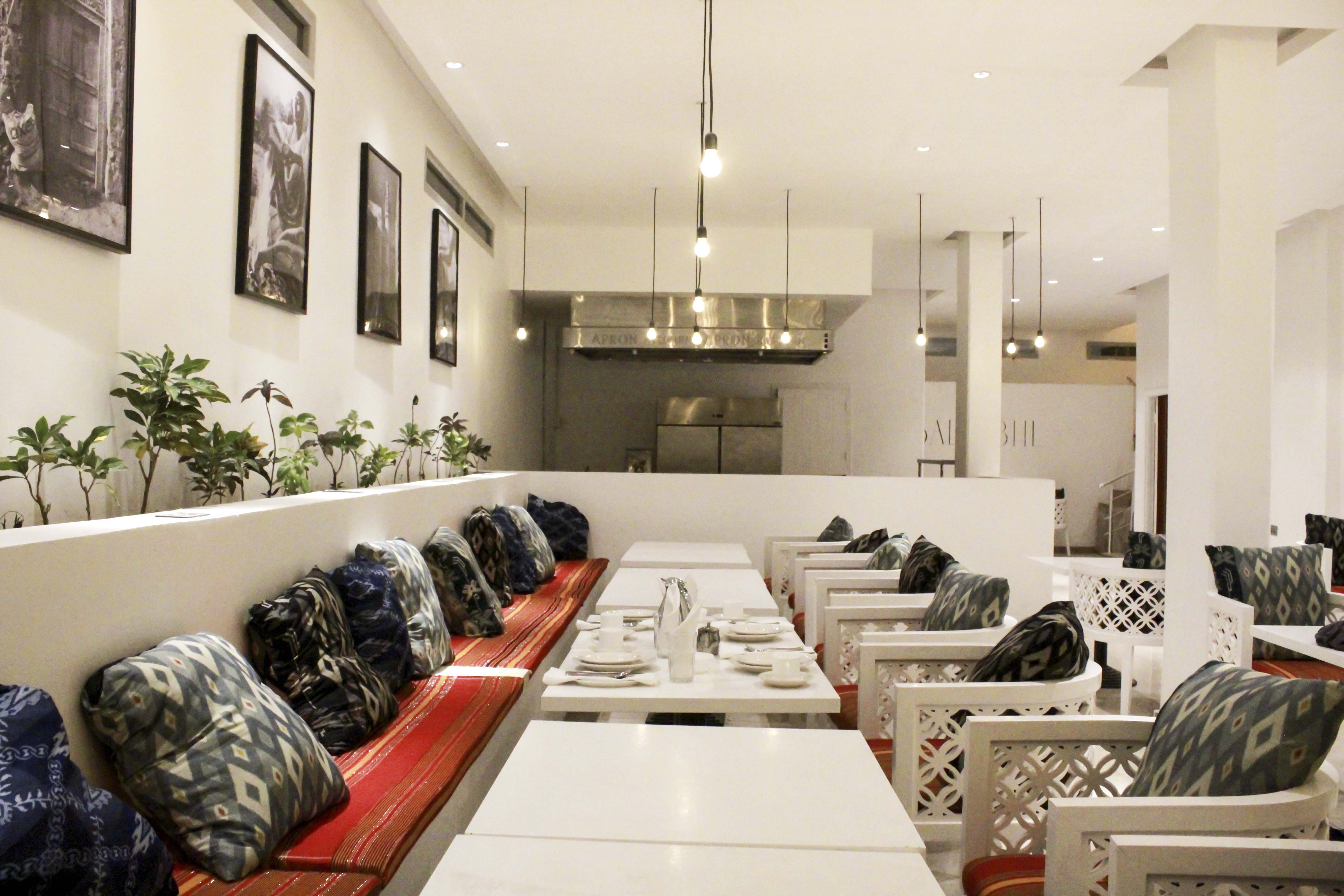
Abdirahman Yusuf - Photography
A building originally earmarked to become a supermarket has now been transfomed into a multi-functional, leisure and cultural space by Mogadishu-based Somali architect from Italy, Omar Degan. Located in outer Mogadishu, in the city's Laba Dhagax neighbourhood with its famous Bakaraa Market, the project, Dogan explains, was ‘designed locally and takes inspiration from the rich cultural identity and heritage of Somalia.'
The building, titled Salsabiil, is crisp, minimalist and geometric yet modest – ‘according to the Islamic principles of architecture,' says the architect. Its design references the capital of Somalia, which was known as the ‘White pearl of the Indian Ocean', due to its white buildings, green palm trees and the ocean blue coastline, prior to the internal conflicts and unrest in the country. The project spans two floors, including a multi-functional space for events and a cafe and restaurant.
Symbolisms abound in this fairly boutique but refined project. Degan uses soft furnishings for the decor, dressed in fabrics that play a key role in Somali culture, set against clean, white walls, ceilings and built-in furniture. ‘The fabric worn by women is called ‘Hido iyo dhaqan' and it is characterized by a horizontal striped texture in orange tones. It is used by women during ceremonies, such as weddings; whereas the other fabric, featuring a more defined geometric texture, is worn by men as a traditional skirt called ‘Macawis',' explains Degan. Both appear in Sansabiil's interiors.
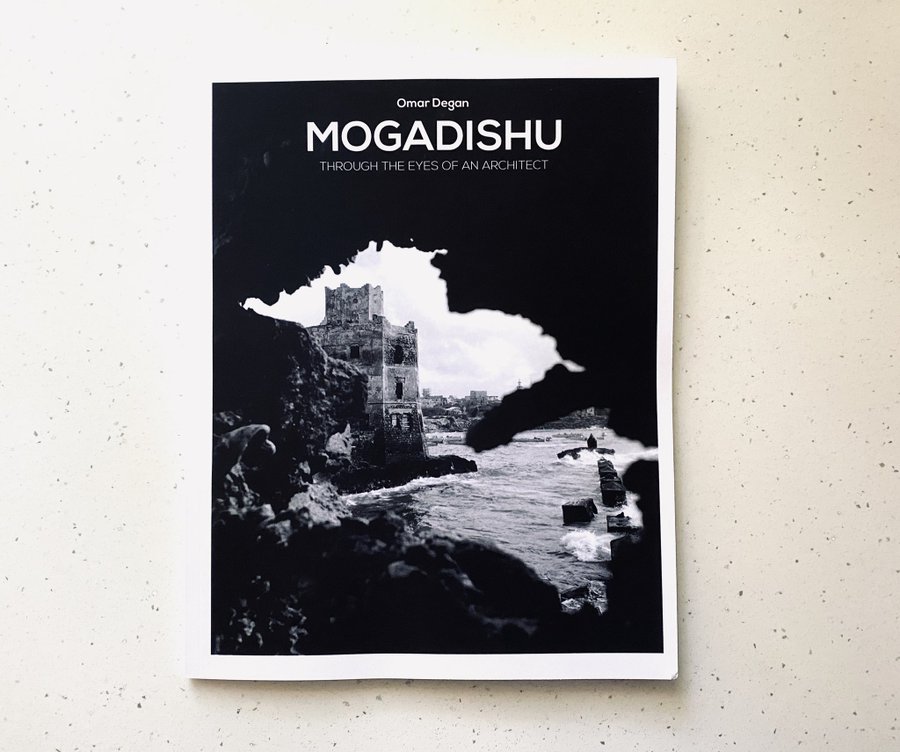
Planting is used throughout to enrich the space and at the same time raise awareness to the severe deforestation the country is currently suffering. To enhance a sense of both belonging and nostalgia, the architect also specified the use of historic, framed photographs of Somali people in traditional clothes, as well as imagery of the period architecture found in the historical part of the city, Xamarweyne.
Due to both his desire to support local arts, and the current difficulty in sourcing certain materials in Mogadishu (woods, for example, need to be imported), Degan worked with local artisans to bring his design to life, using a light metal structure and cement boards. The fabrics are all locally sourced and hand-woven.
‘Mogadishu is located on the beautiful coast of the horn of Africa and is considered one of the oldest cities in Africa, with an ancient history of trade within its continent but also the Middle-East and Asia,' says Degan. ‘In recent decades, Somalia and Mogadishu in particular, have experienced the deterioration and destruction of many of its magnificent architecture. With this project, the intent is precisely to bring back to life what once defined Mogadishu.'
Degan, who was born in Italy and studied architecture at the Politecnico di Torino and the Chinese University of Hong Kong, set up shop in Mogadishu in 2017, specialising in sustainability, emergency architecture and post-conflict reconstruction. His work, like in the case of Salsabiil, often bridges heritage with contemporary architecture, and is defined by his passion for Somali culture; this is also expressed in his recently published book, Mogadishu through the eyes of an architect, which offers an engaging tour of the country's capital through key modern and historical buildings.
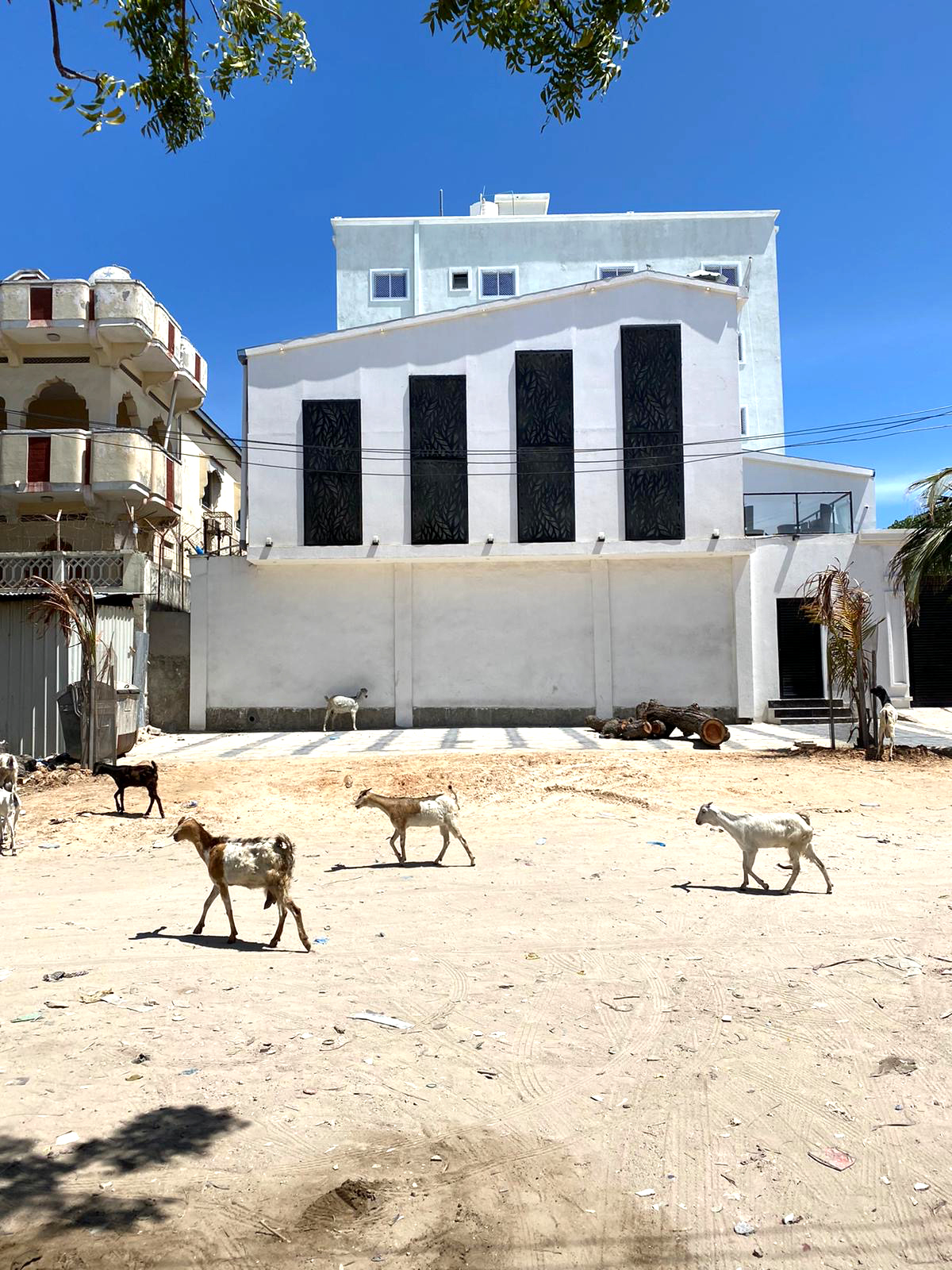
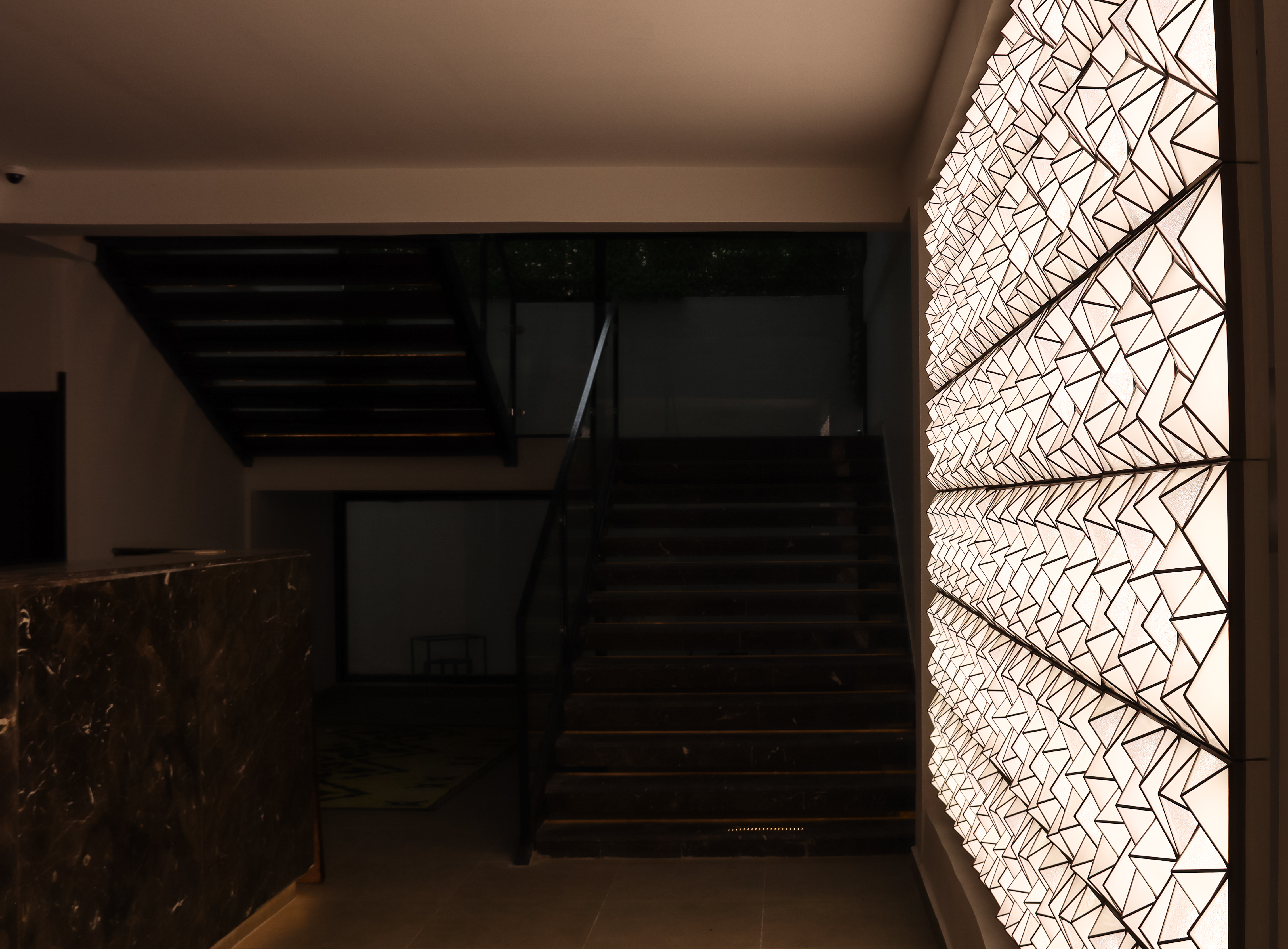
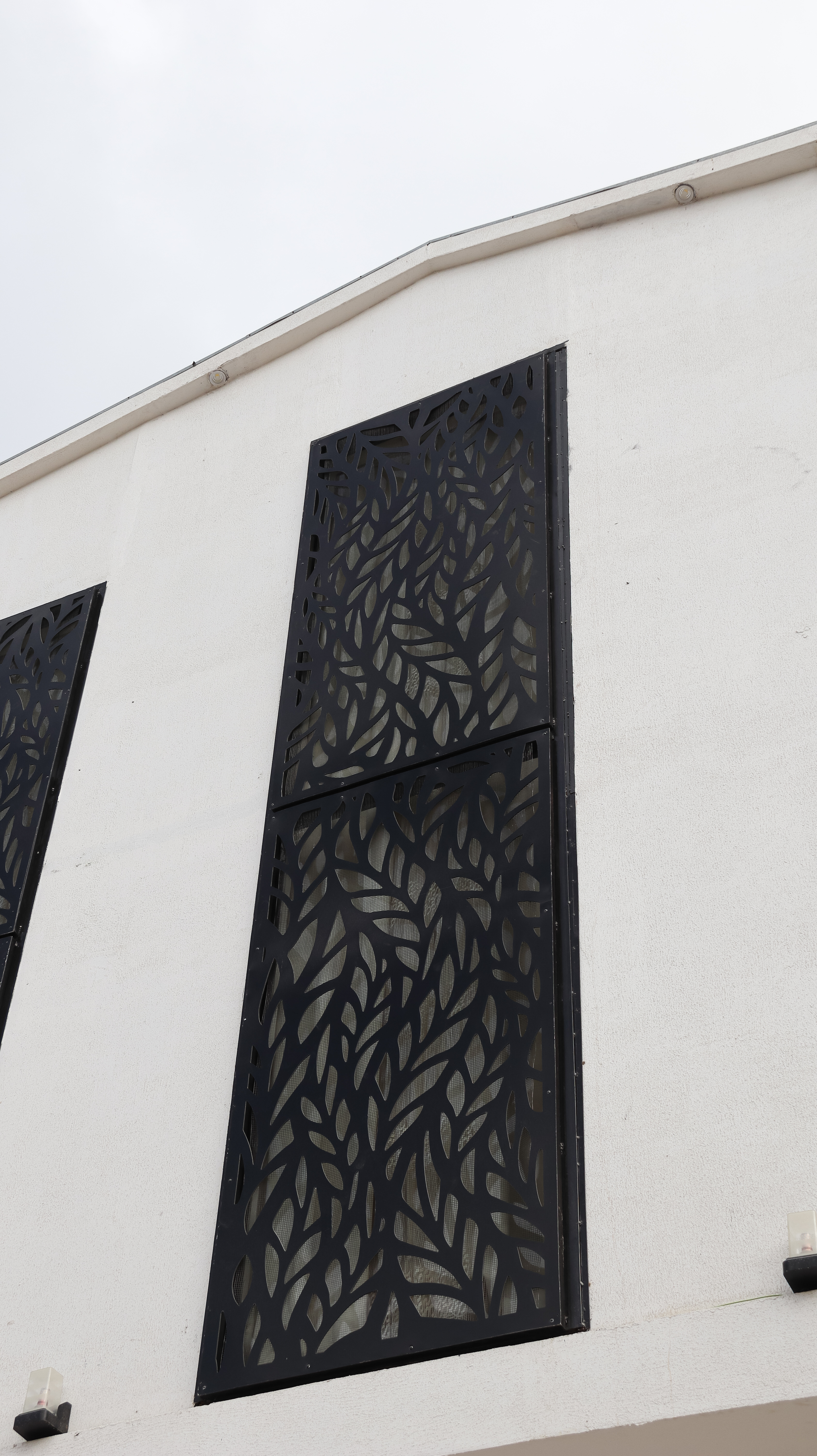
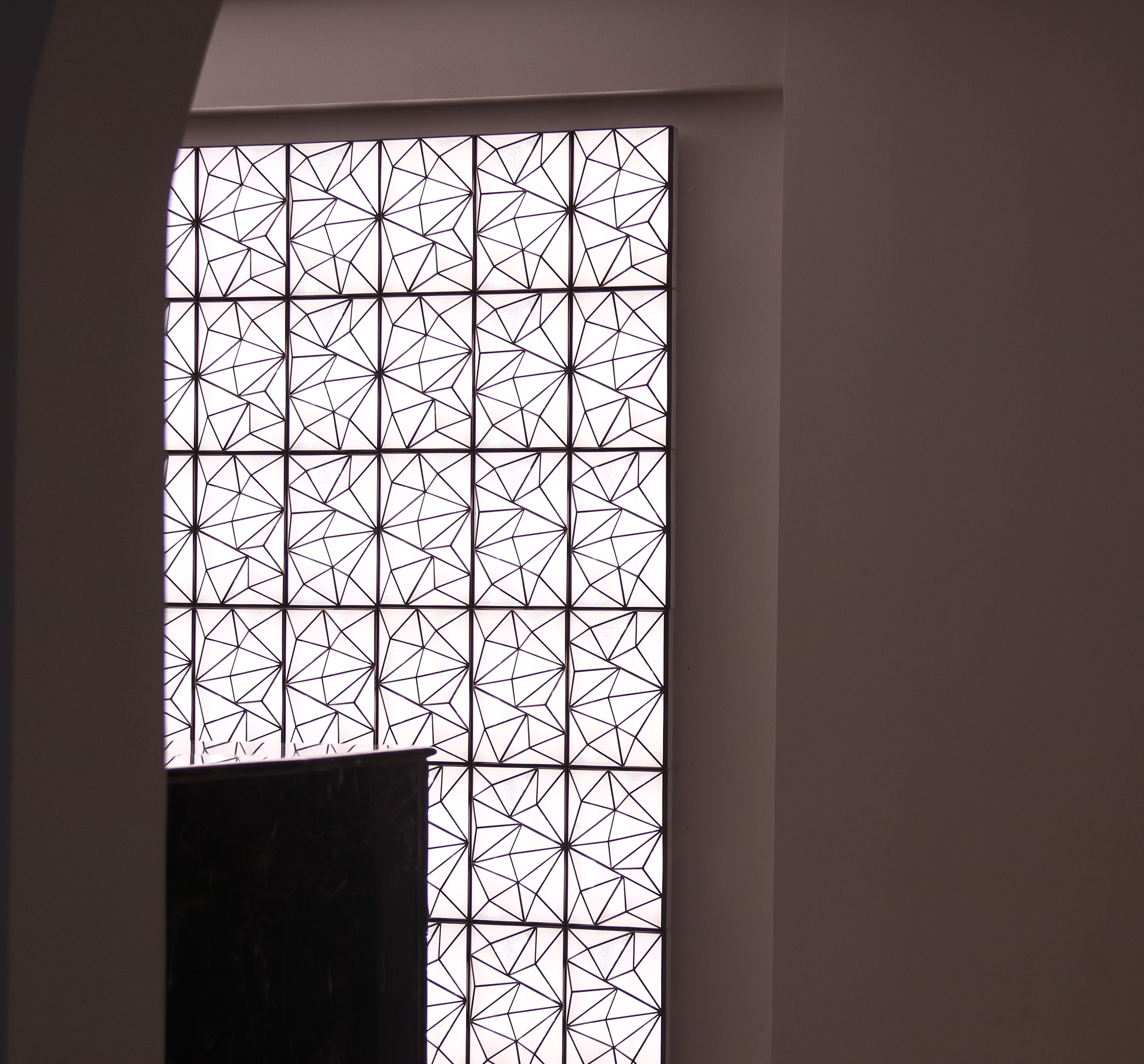
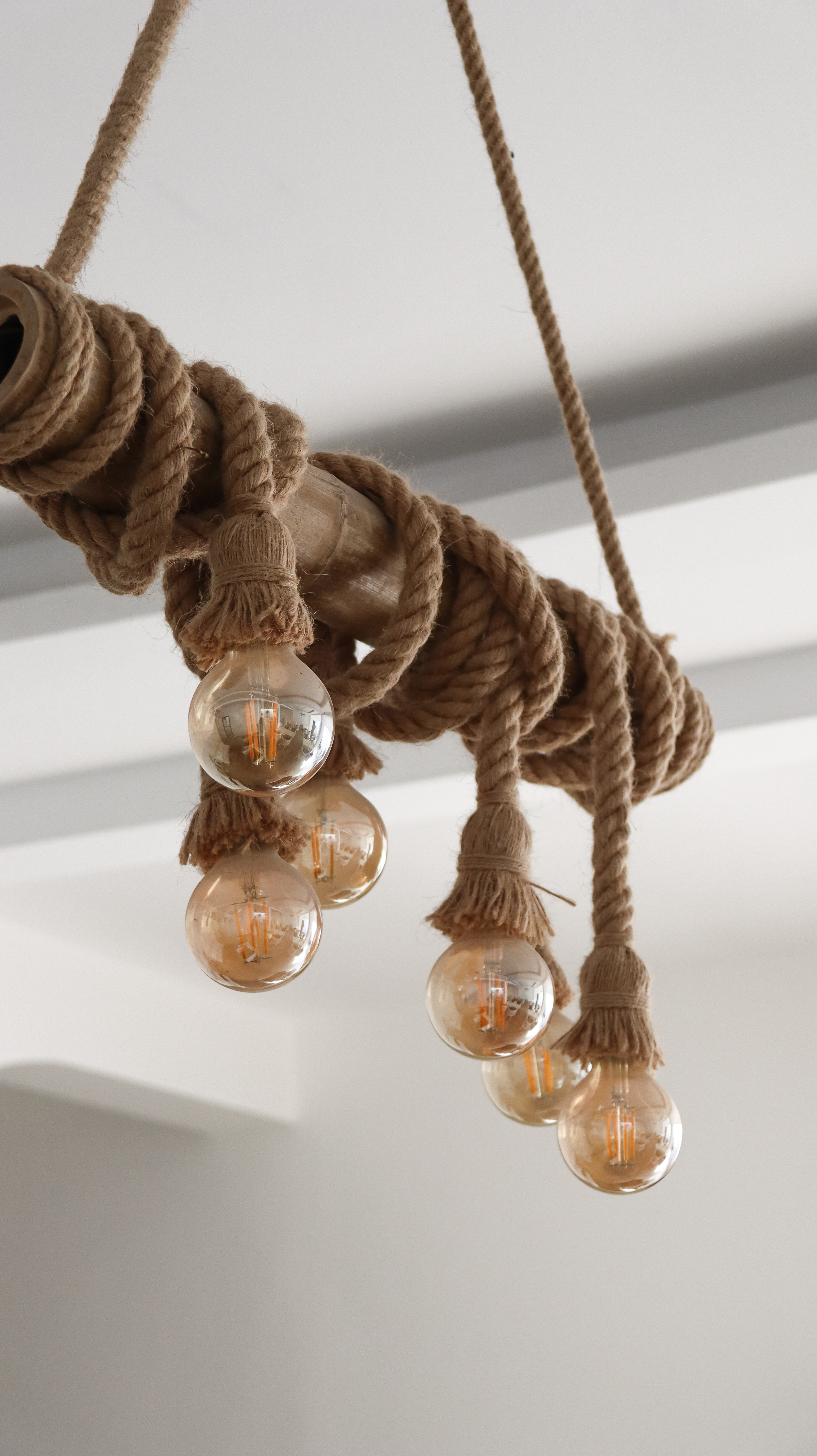
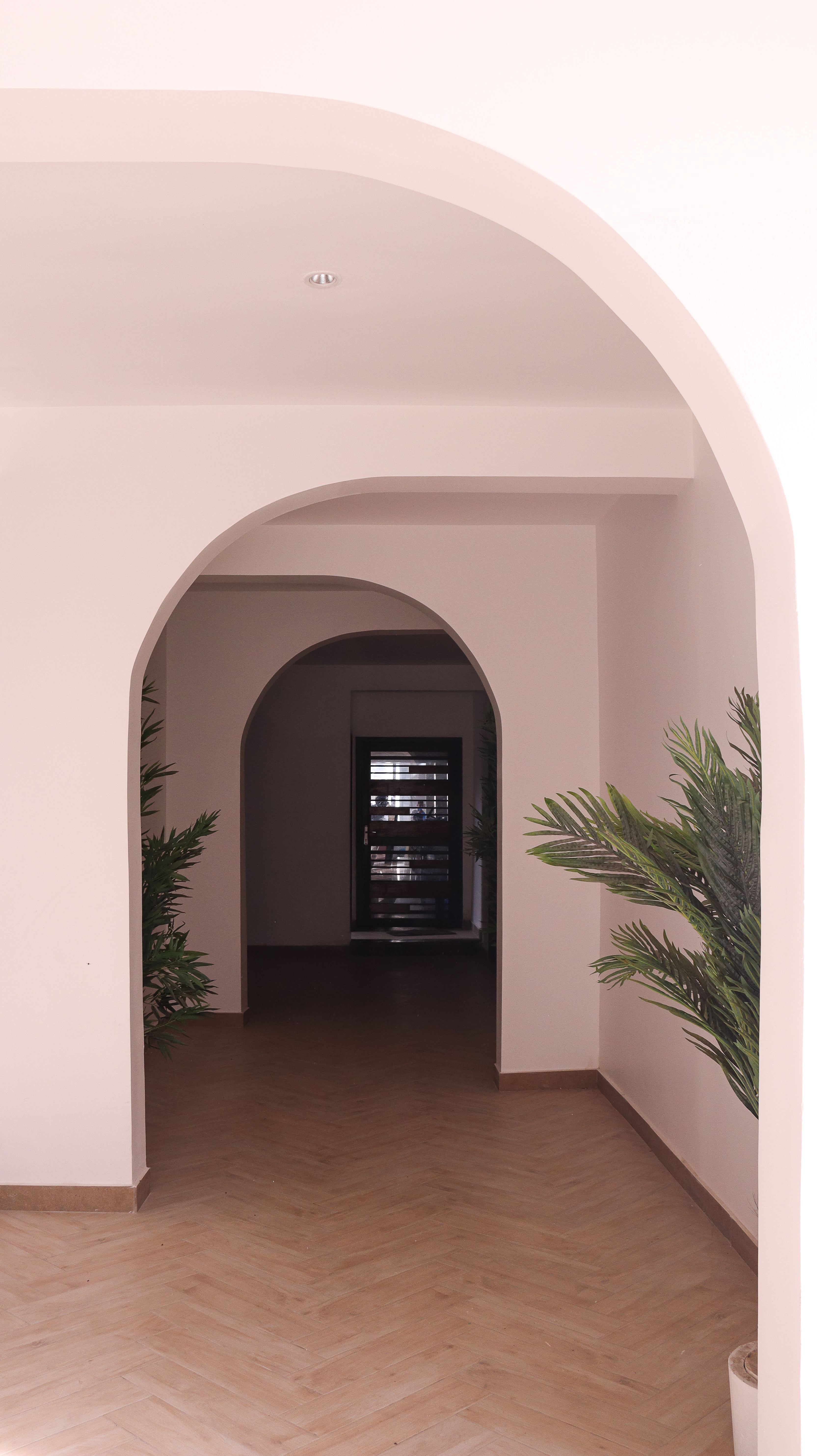
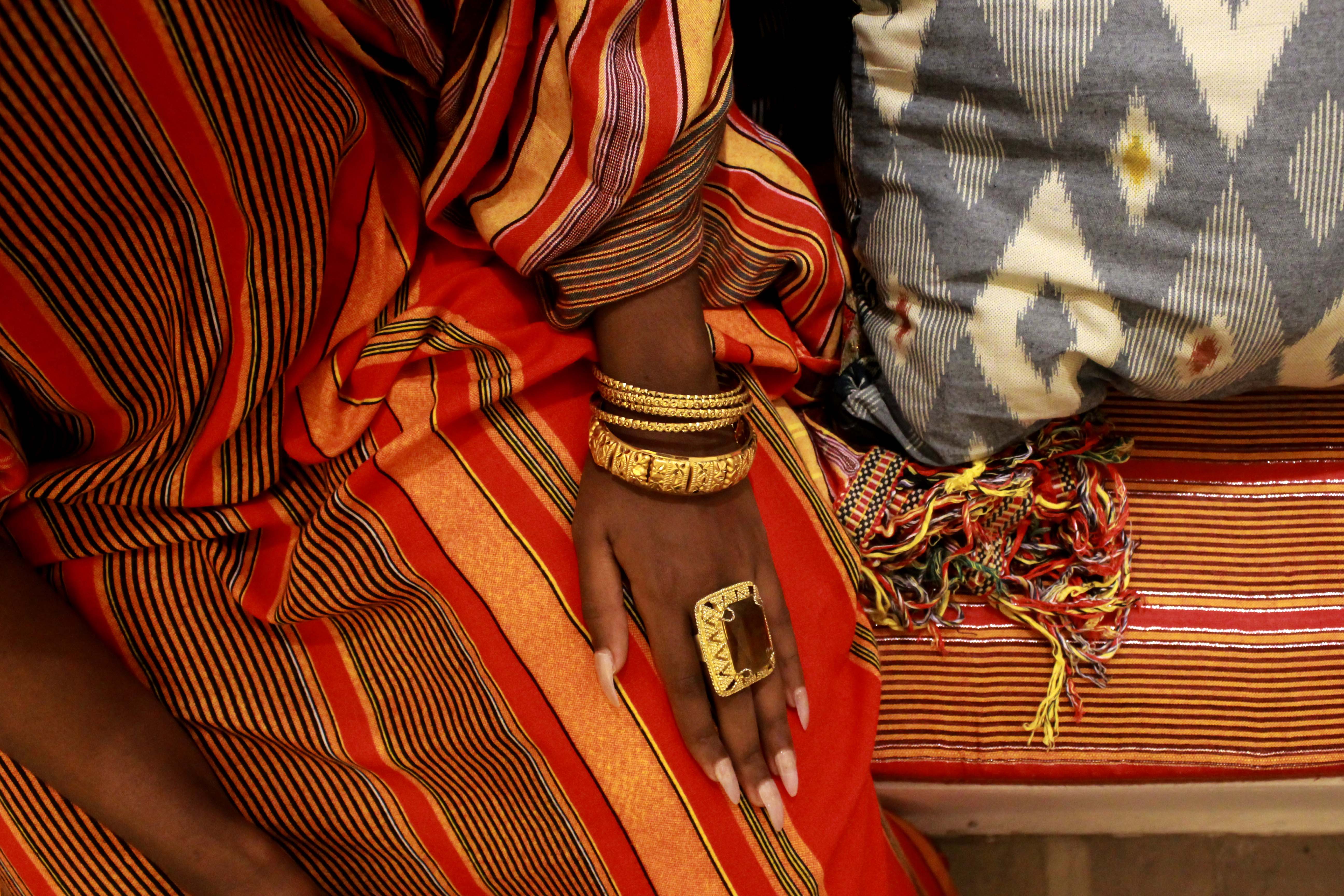
INFORMATION
Wallpaper* Newsletter
Receive our daily digest of inspiration, escapism and design stories from around the world direct to your inbox.
Ellie Stathaki is the Architecture & Environment Director at Wallpaper*. She trained as an architect at the Aristotle University of Thessaloniki in Greece and studied architectural history at the Bartlett in London. Now an established journalist, she has been a member of the Wallpaper* team since 2006, visiting buildings across the globe and interviewing leading architects such as Tadao Ando and Rem Koolhaas. Ellie has also taken part in judging panels, moderated events, curated shows and contributed in books, such as The Contemporary House (Thames & Hudson, 2018), Glenn Sestig Architecture Diary (2020) and House London (2022).
-
 All-In is the Paris-based label making full-force fashion for main character dressing
All-In is the Paris-based label making full-force fashion for main character dressingPart of our monthly Uprising series, Wallpaper* meets Benjamin Barron and Bror August Vestbø of All-In, the LVMH Prize-nominated label which bases its collections on a riotous cast of characters – real and imagined
By Orla Brennan
-
 Maserati joins forces with Giorgetti for a turbo-charged relationship
Maserati joins forces with Giorgetti for a turbo-charged relationshipAnnouncing their marriage during Milan Design Week, the brands unveiled a collection, a car and a long term commitment
By Hugo Macdonald
-
 Through an innovative new training program, Poltrona Frau aims to safeguard Italian craft
Through an innovative new training program, Poltrona Frau aims to safeguard Italian craftThe heritage furniture manufacturer is training a new generation of leather artisans
By Cristina Kiran Piotti
-
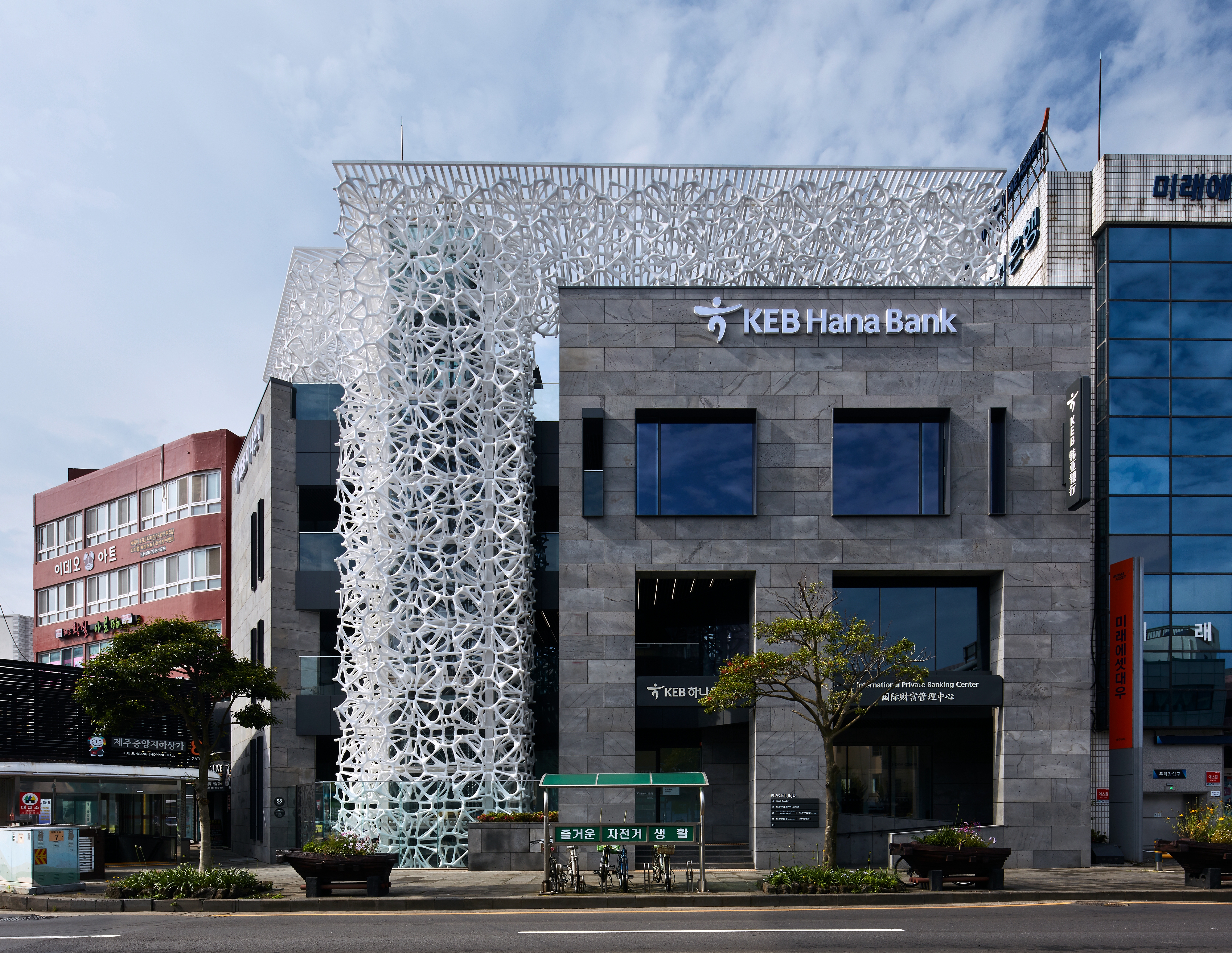 The System Lab founder Chanjoong Kim on style and evolution
The System Lab founder Chanjoong Kim on style and evolutionThe Wallpaper* Architects Directory has turned 20. Conceived in 2000 as our index of emerging architectural talent, this annual listing of promising practices, has, over the years, spanned styles and continents; yet always championing the best and most exciting young studios and showcasing inspiring work with an emphasis on the residential realm. To mark the occasion, this summer, we’re looking back at some of our over-500 alumni, to catch up about life and work since their participation and exclusively launch some of their latest completions. South Korean Architects Directory alumnus The System Lab has gone from strength to strength since its 2016 inclusion, with work expanding from private homes to masterplanning, housing and impressive commercial work. Here, we speak to founder Chanjoong Kim to explore the studio's evolution and latest work.
By Ellie Stathaki
-
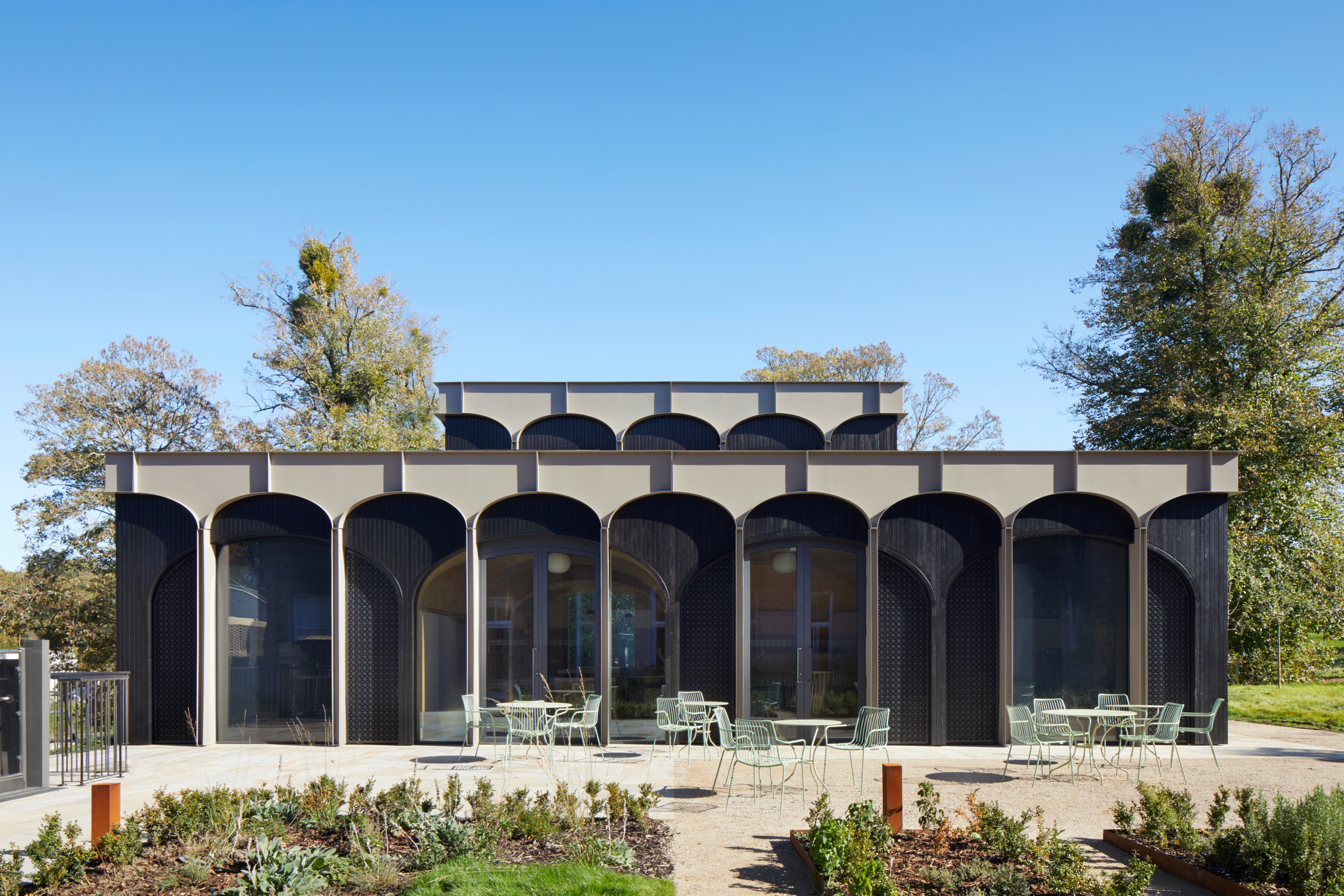 Orangerie-inspired restaurant opens in Kent’s Wildernesse Estate
Orangerie-inspired restaurant opens in Kent’s Wildernesse EstateThe contemporary pavilion references the Estate’s heritage through timber vaults, channelling a 19th-century tea house
By Ellie Stathaki
-
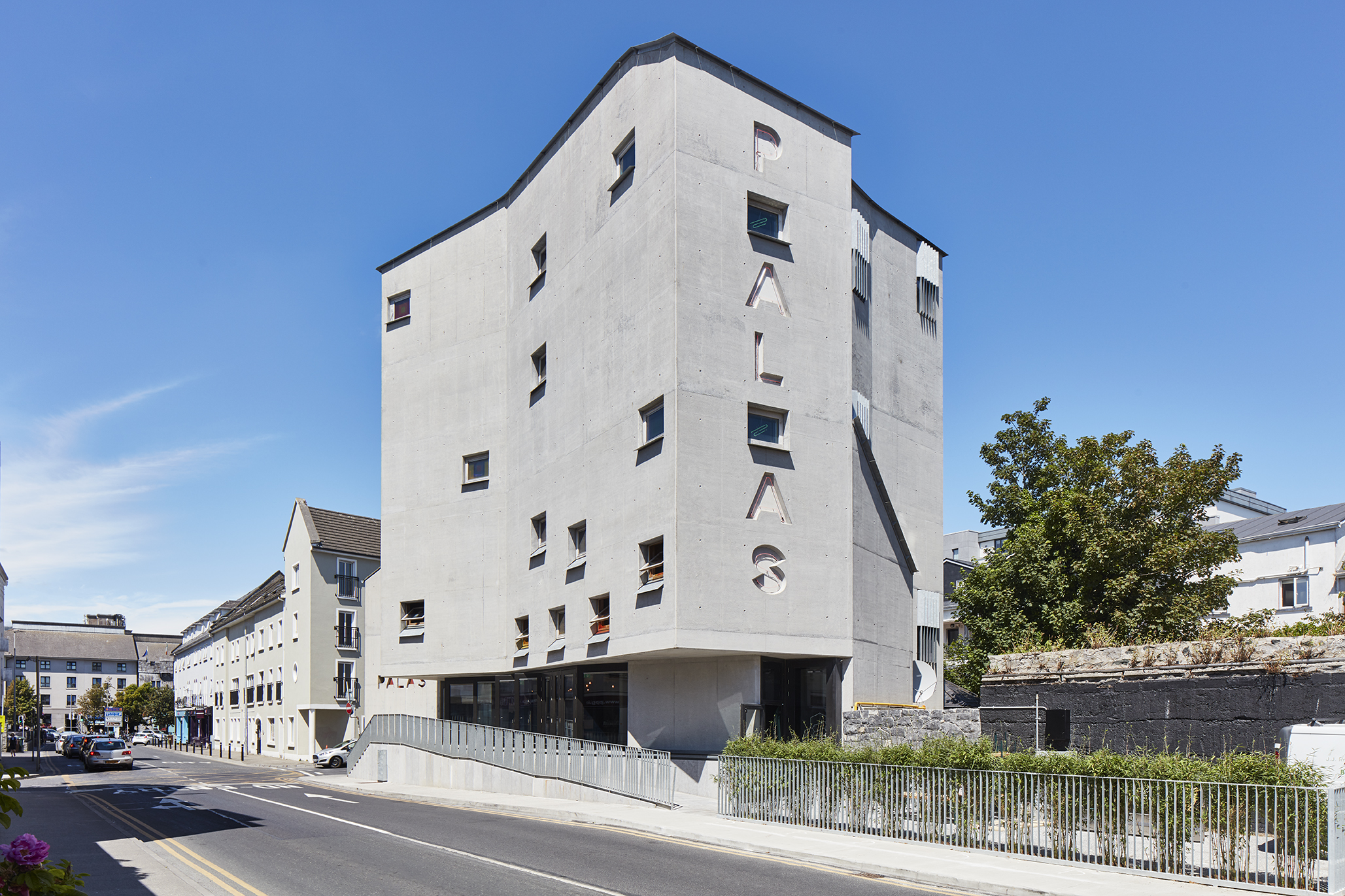 Pálás in Galway takes arthouse cinema to the next level
Pálás in Galway takes arthouse cinema to the next levelBy Giovanna Dunmall
-
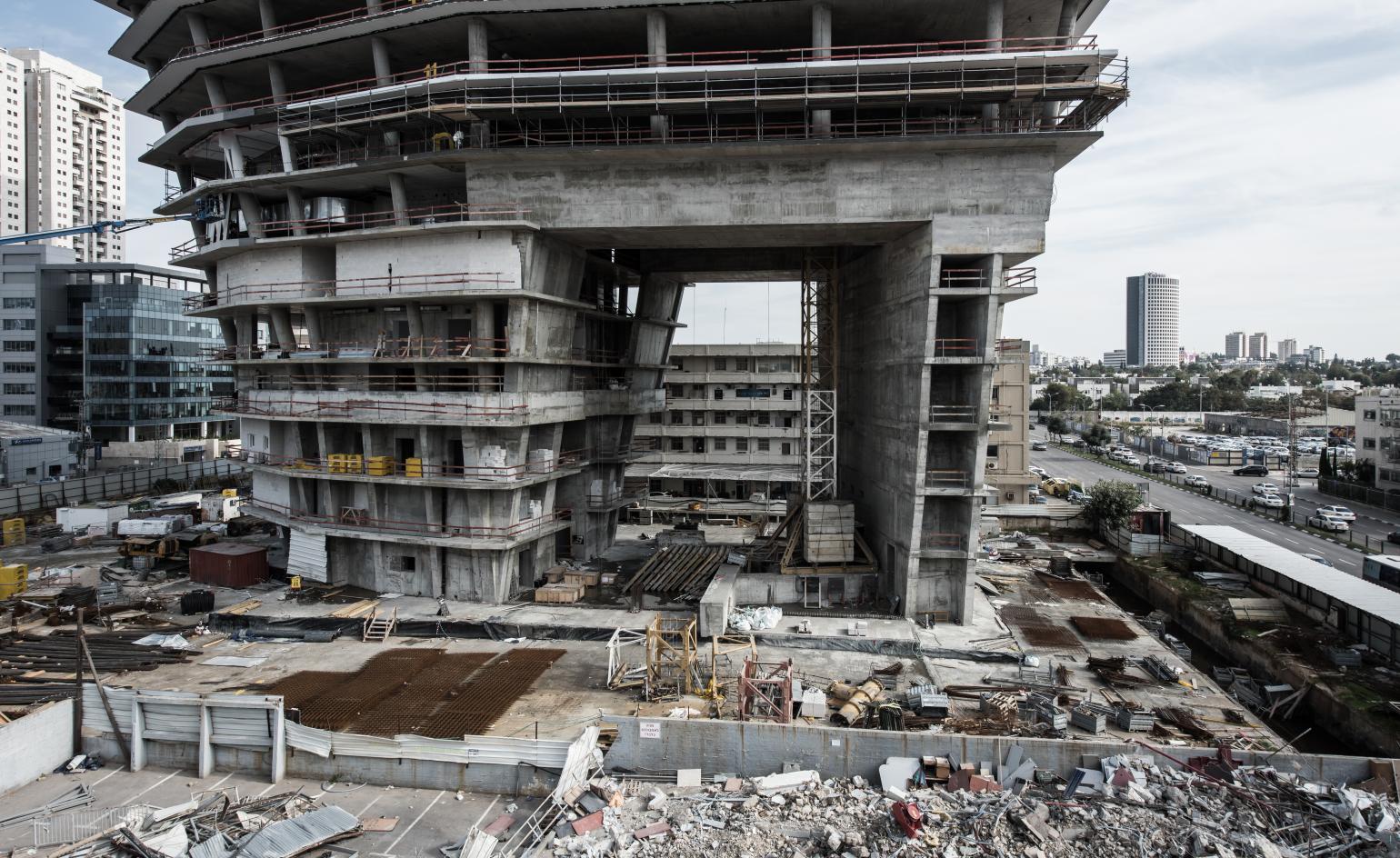 Reporting from the building site at Ron Arad’s clever ToHA towers in Tel Aviv
Reporting from the building site at Ron Arad’s clever ToHA towers in Tel AvivBy Ellie Stathaki
-
 Studio Gang’s 40 Tenth Avenue building adjacent to the High Line tops out
Studio Gang’s 40 Tenth Avenue building adjacent to the High Line tops outBy Harriet Thorpe
-
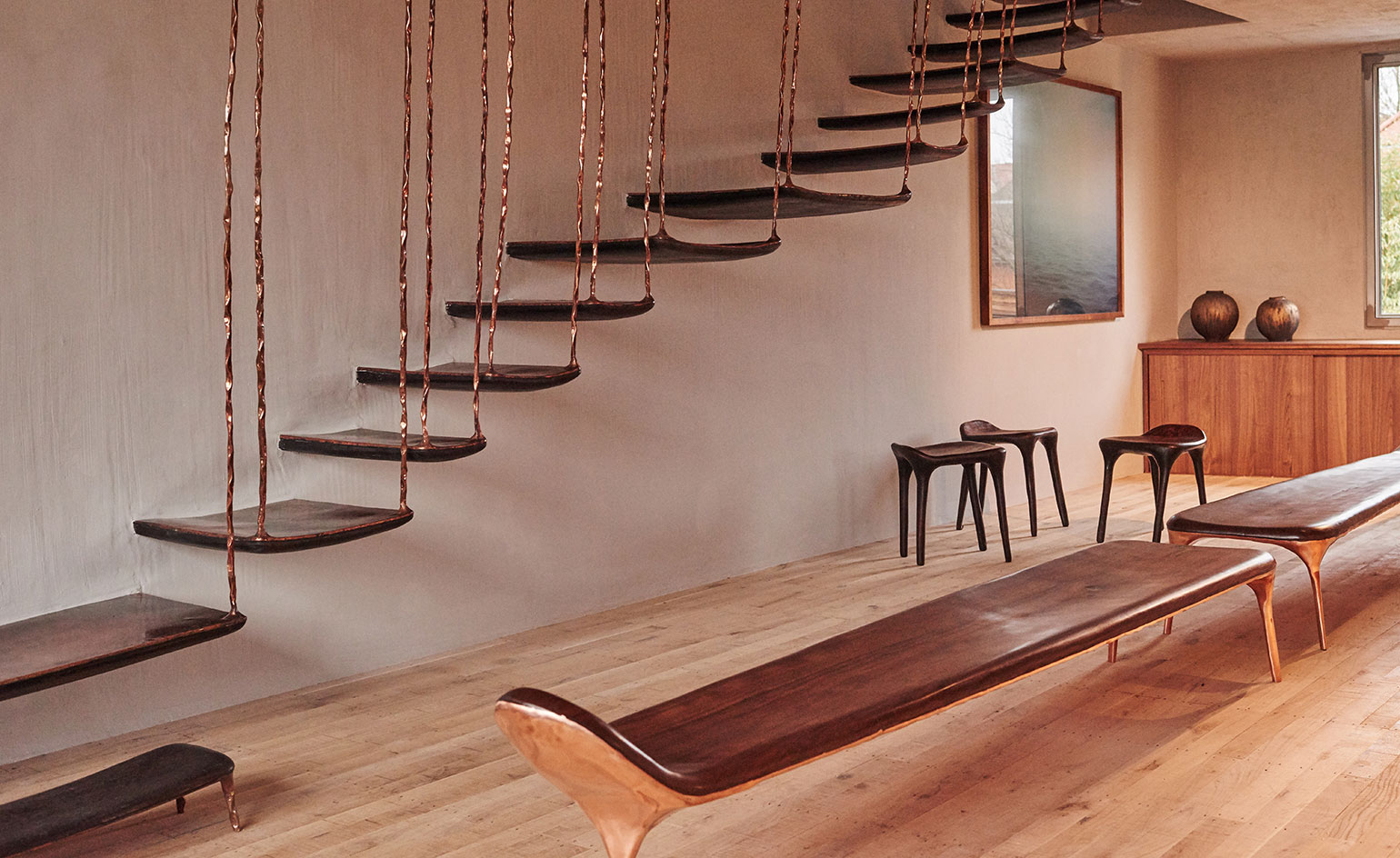 The Blue Mountain School brings new multidisciplinary space to Shoreditch
The Blue Mountain School brings new multidisciplinary space to ShoreditchBy Emma O'Kelly
-
 Henriquez Partners’ futuristic vision for Vancouver’s Oakridge shopping centre
Henriquez Partners’ futuristic vision for Vancouver’s Oakridge shopping centreBy Hadani Ditmars
-
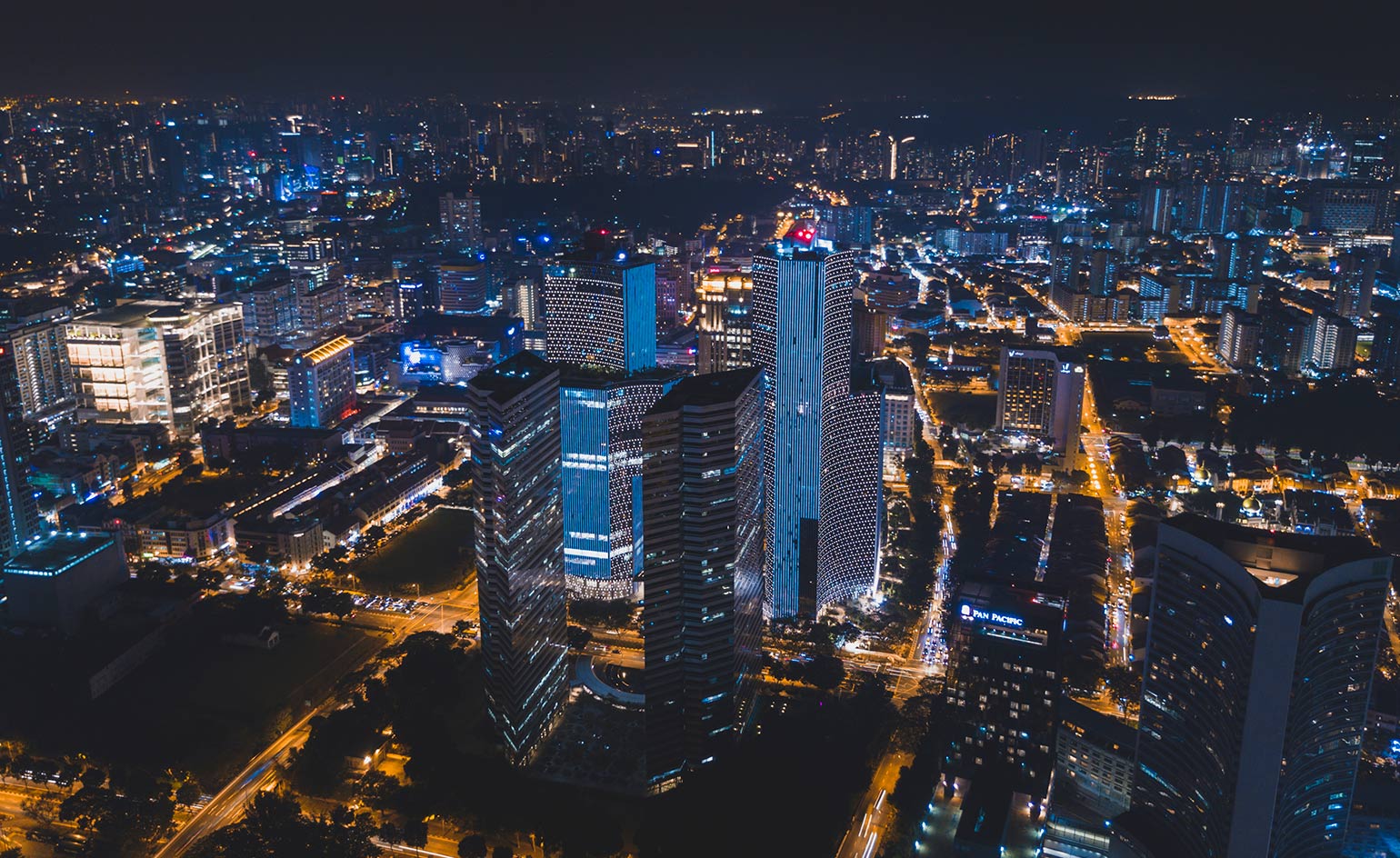 Büro Ole Scheeren adds DUO high rise complex to Singapore skyline
Büro Ole Scheeren adds DUO high rise complex to Singapore skylineBy Daven Wu